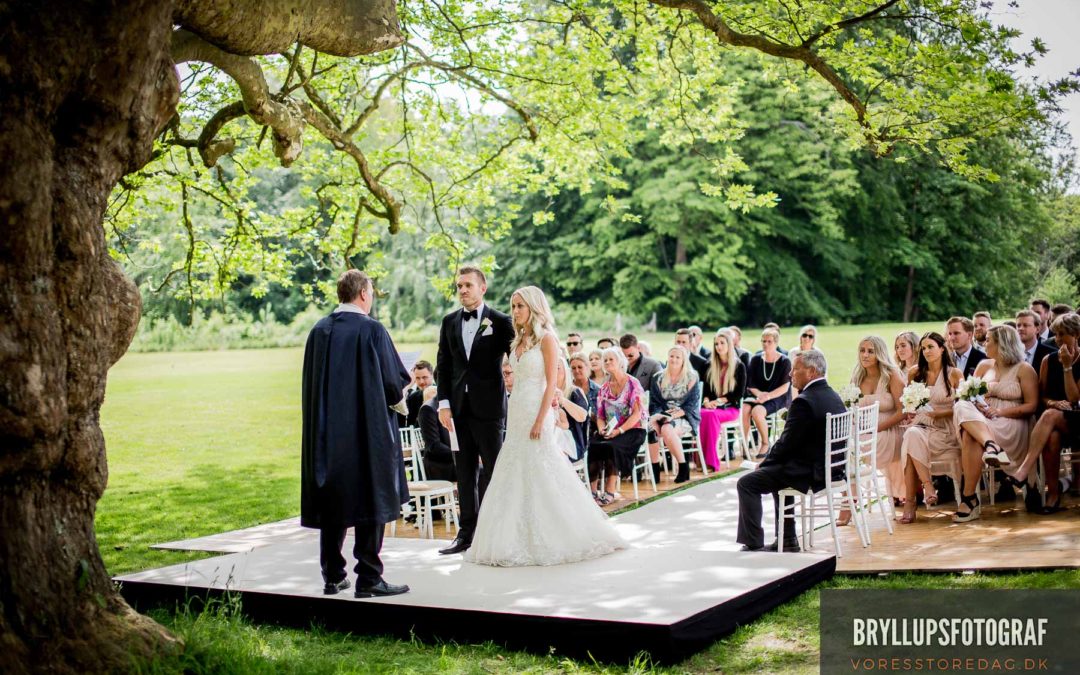You should take lots of photos and hope for some good shots
My Top Five Wedding Photography tips – Brian is going to a wedding and wants some tips. I’m guessing he’s taking a digital point-and-shoot so this gives me an excuse to give some slightly different advice from my usual as well as to summarise some of my old favourites. Brian’s first commenter is right: you should take lots of photos and hope for some good shots, but if you do so with some simple rules-of-thumb in mind then your hit rate will be significantly higher.
First of all, leave the set-pieces—cake-cutting, stiffs-in-rows—to the pros and the billion monkeys. If you want to come away from the celebrations with something different then do something different.
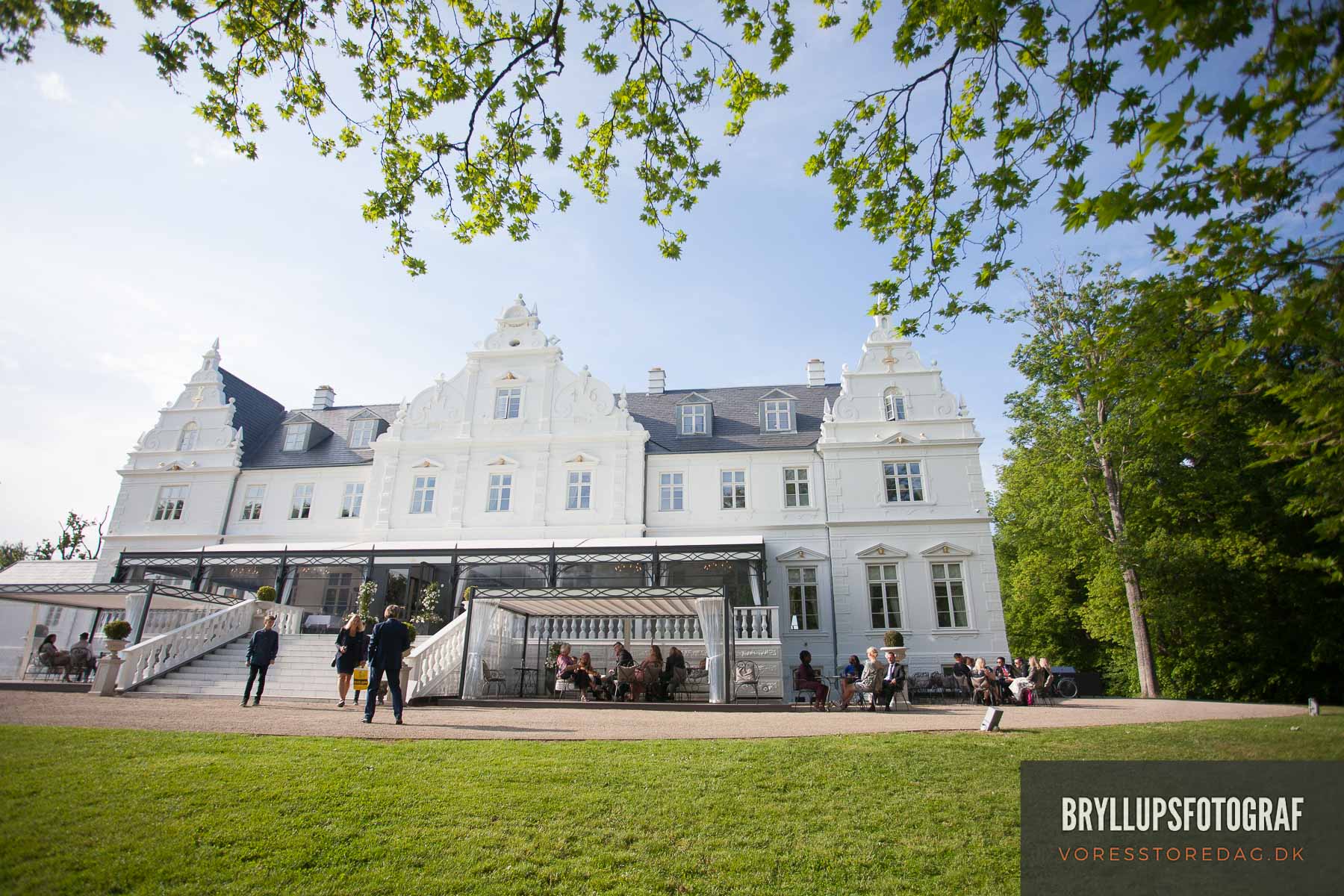
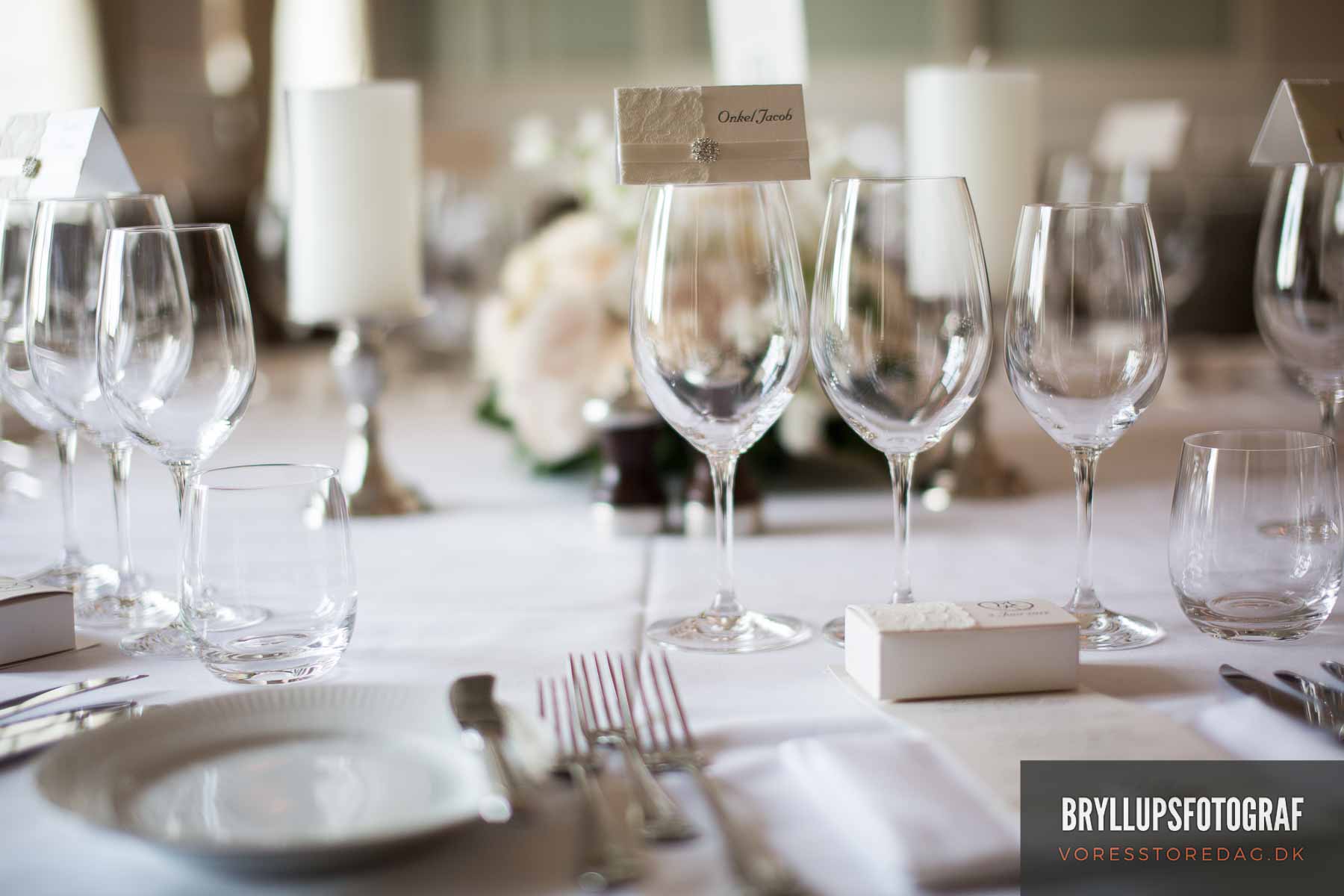
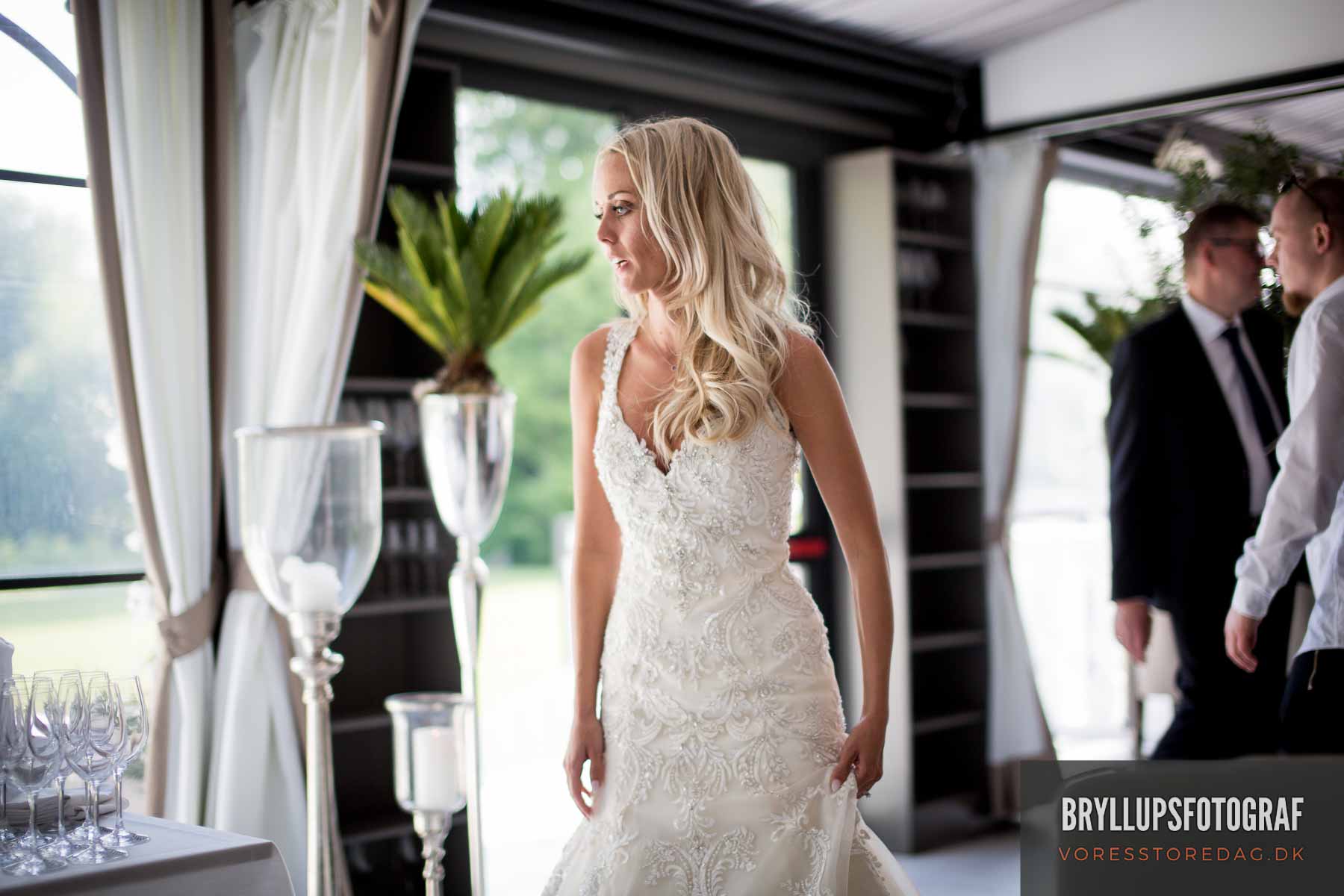
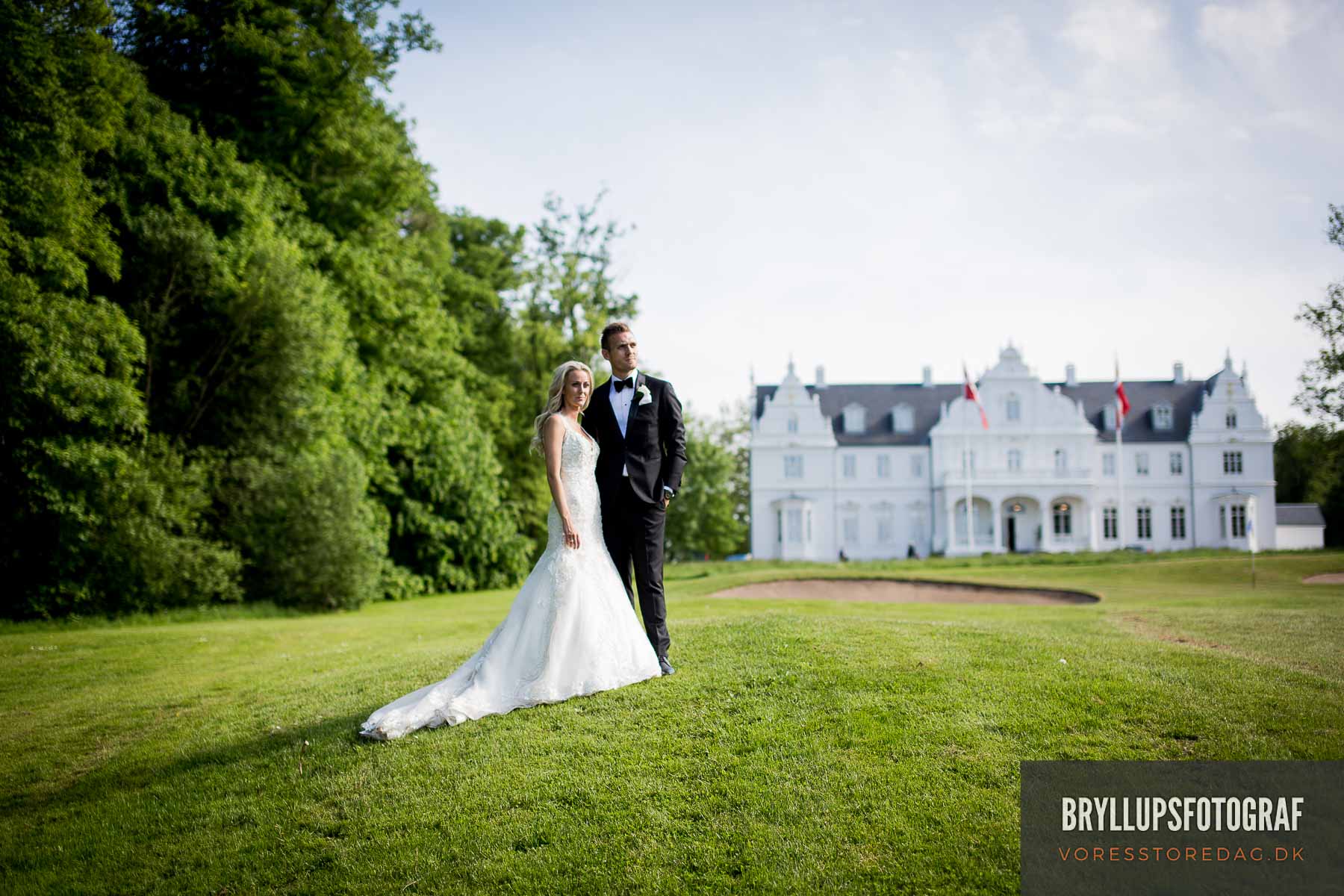
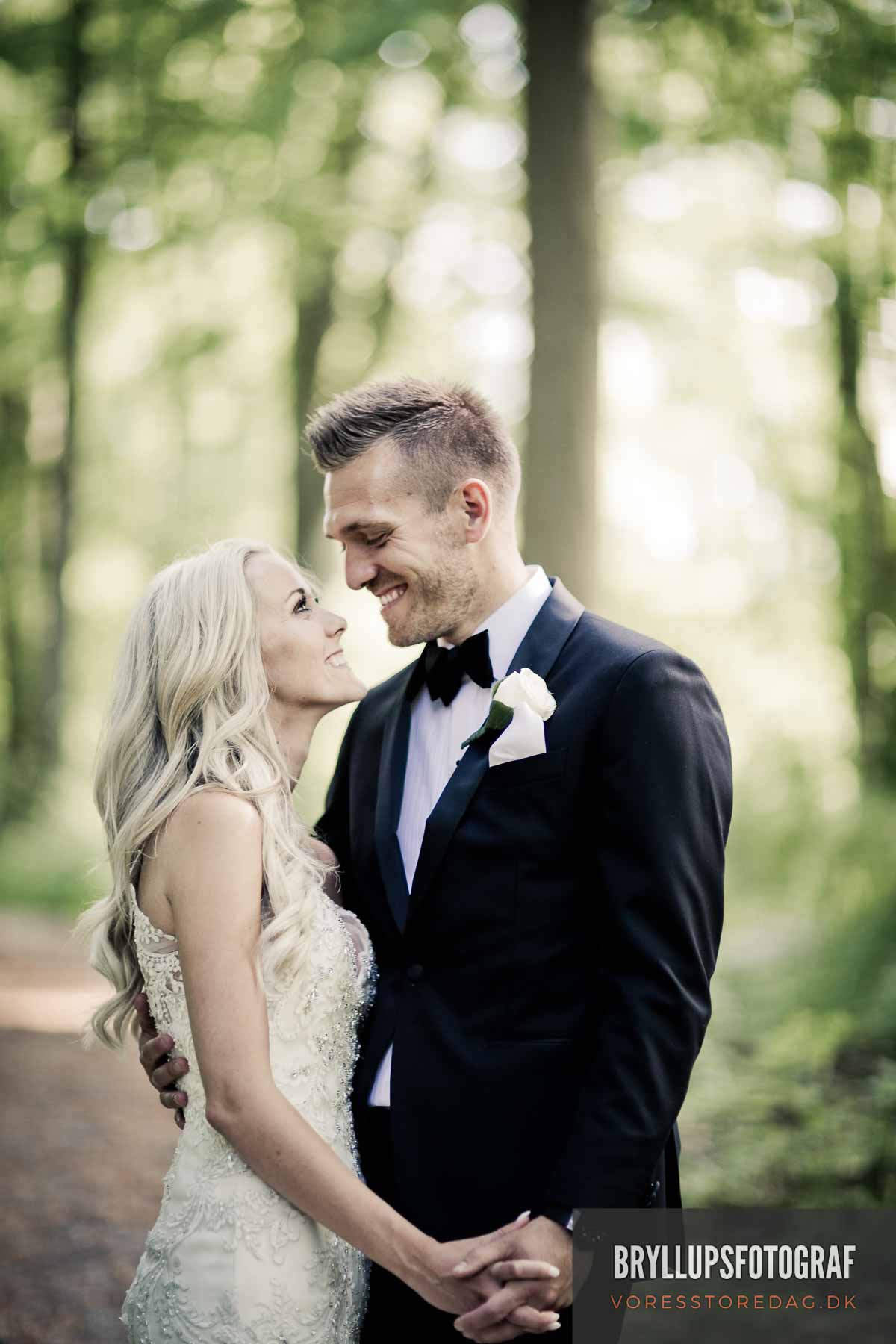
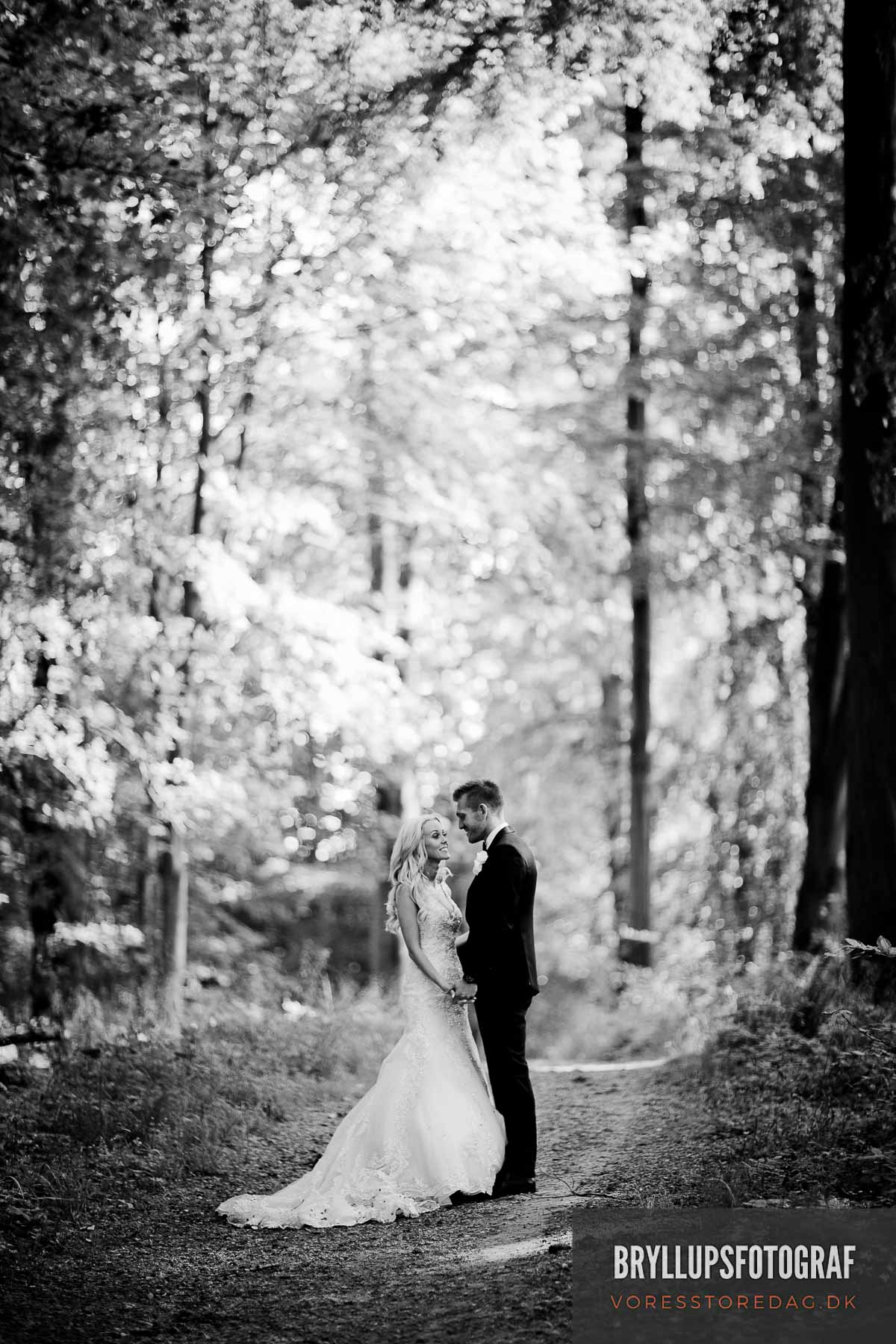
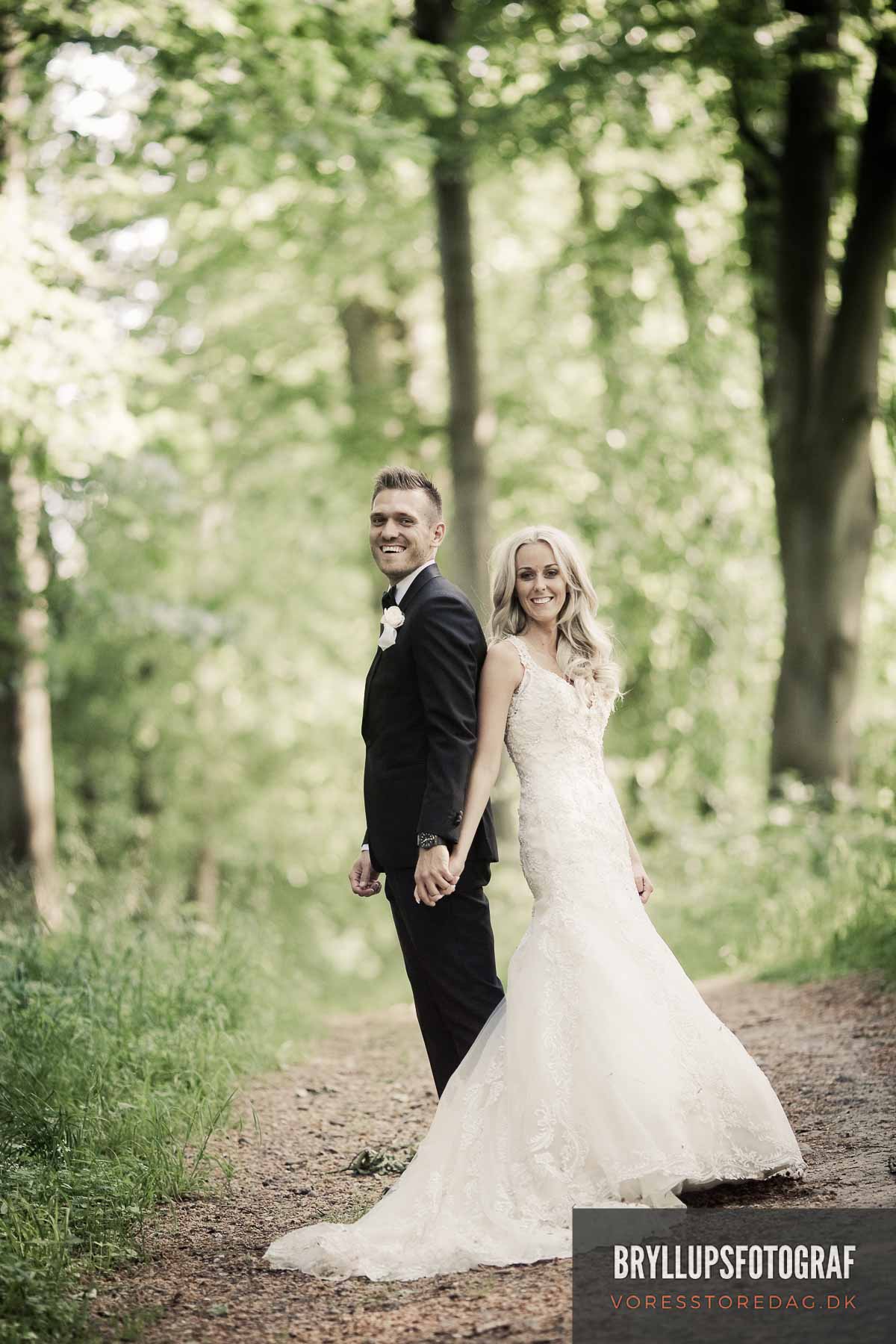
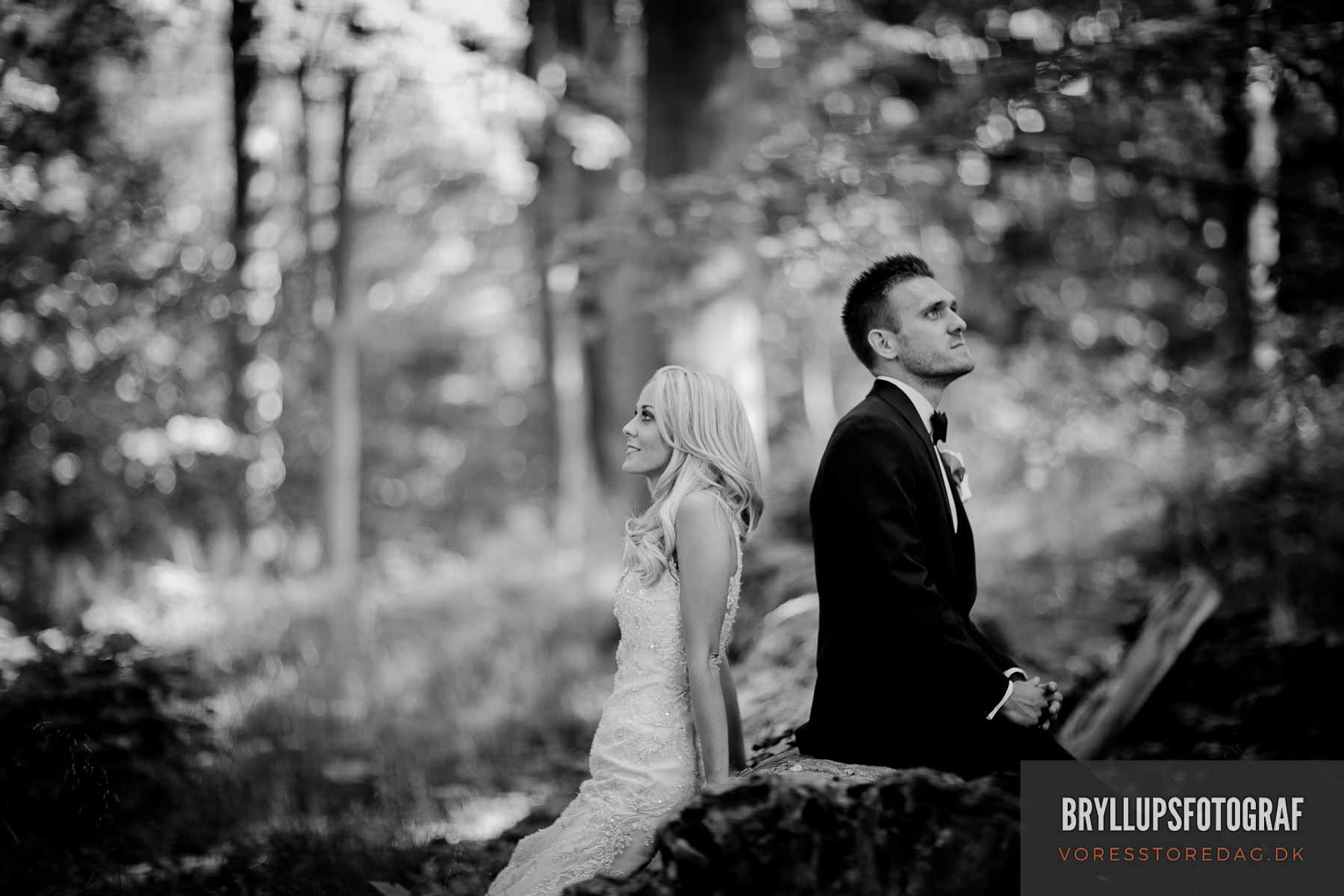
One advantage of having lots of memory capacity to hand
One advantage of having lots of memory capacity to hand, as Brian plans, is that you can stop chimping and concentrate on what’s going around you. When you are checking your work and deleting dud frames you are not keeping your eye out for interesting action and capturing good frames.
Use your optical zoom (not your digital zoom) to get in close whenever you can. Practically the first piece of advice I gave here was to forget about including legs and background objects when you photograph people. No one is interested in trousers and church spires; they want to see human emotions.
If you are using the long end of your lens to magnify the view then you should remember that this will magnify your own body movements as well, increasing the blurring caused by camera shake so, if your camera has it, use its built-in image stabilization. If it hasn’t then learn to hold it steady and/or get a cheapo tripod
If possible, avoid using your built-in flash
If possible, avoid using your built-in flash. It turns humans into cardboard cut-outs, with red eyes, flat features, and harsh silhouettes and shadows. If you can’t use flash then you’ll need to get where the light is: outdoors, near entrances, by windows. If the light is low and you want to avoid blur then you need shorter exposures so choose higher ISO speeds and, if your camera gives you control over aperture settings, use a bigger aperture—that’s a lower f-number. (The least-bad on-camera flashes are those that are positioned furthest away from the lens so keep this in mind when you buy and, if your camera allows you to, try to get a remote flash.) In fact, opening the aperture up wide, but not too much, is the key to giving portrait shots intimacy and depth—as opposed to depth-of-field.
Try taking some shots where your target isn’t in the centre of the frame
Try taking some shots where your target isn’t in the centre of the frame. Focus on the eyes of your subject and then recompose to put them exactly where you want them. Here are some things you might want to think about in those milliseconds of reframing: keep background clutter out of the shot, put more space on the side of the frame they are looking towards, remember the rule-of-thirds, and take advantage of dramatic diagonals and other “ambient” framing.
The last piece of advice I have to offer is a bit of a downer for the dilettante
The last piece of advice I have to offer is a bit of a downer for the dilettante: the best photos I have taken have come from my being “on” continuously for hours at an event. I never touch a drop of booze; I eat very little; I only have one ear on any conversation I am taking part in; and I always, always have at least one camera with me. Of course, you don’t have to be a party-pooper if you’re one of a billion: you’re bound to get lucky and create a masterpiece eventually. Stands to reason, dunnit?
